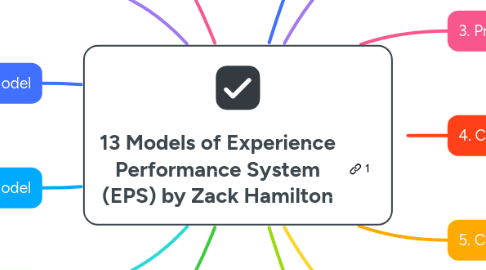13 Models of Experience Performance System (EPS) by Zack Hamilton
von Toni Krasnic

1. 8. Pod Model
1.1. Replaces CX governance with agile, outcome-driven journey pods that own experience delivery
2. 9. Scaling Model
2.1. Enables repeatability by codifying what works and distributing it across functions and journeys
3. 10. Influence Model
3.1. Builds CX power without authority, mapping org dynamics and driving alignment through trust and repetitions
4. 11. Feedback Loop Model
4.1. Closes the loop by integrating what worked (and didn't) back into the next spring cycle
5. 1. Signal Model
5.1. Captures real-time customer, behavioral, operation, and employee data
6. 13. Agentic Model
6.1. Frontier where human-led CX evolves into AI-augmented orchestration, guided by EPS
7. 12. Employee Signal Model
7.1. Connects frontline insight to system-level friction and peformance improvement
8. 2. Friction Model
8.1. Converts signal into prioritized business blockers tied to value levers like churn, conversions, and LTV
9. 3. Prioritization Model
9.1. Aligns friction to strategic KPIs, quantifies tradeoffs, and frames the cost of inaction
10. 4. Case Maker Model
10.1. Builds one-page business case that earns executive prioritization by tying CX to P&L impact
11. 5. Champion Model
11.1. Identifies, builds, and activates internal champions who drive momentum and influence decision-makers
12. 6. Close Plan Model
12.1. Applies sales discipline to internal execution; mapping milestones, blockers, and key approvers
13. 7. Momentun Model
13.1. Structures 30/60/90-day wins to prove vlaue fast and build trust across the organization


